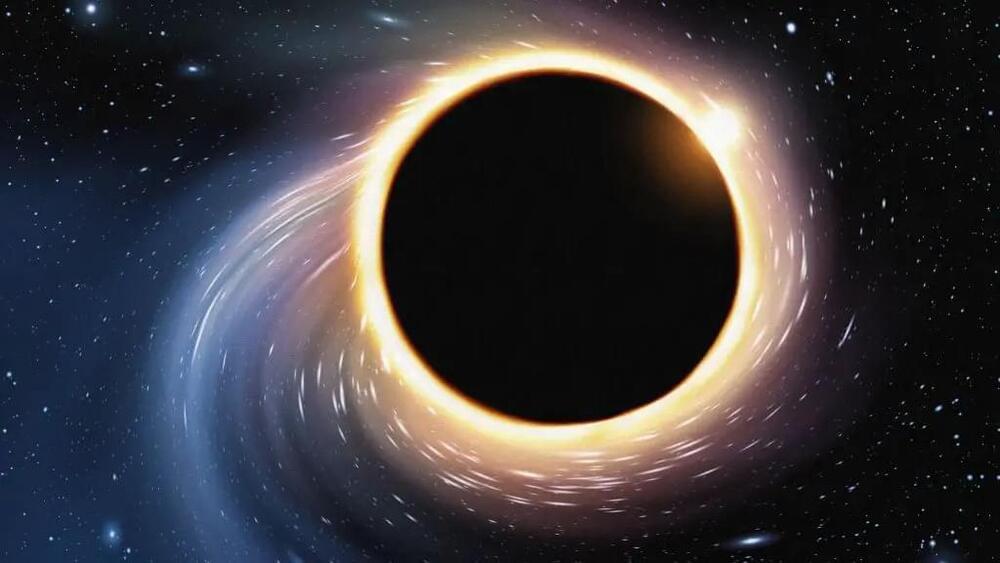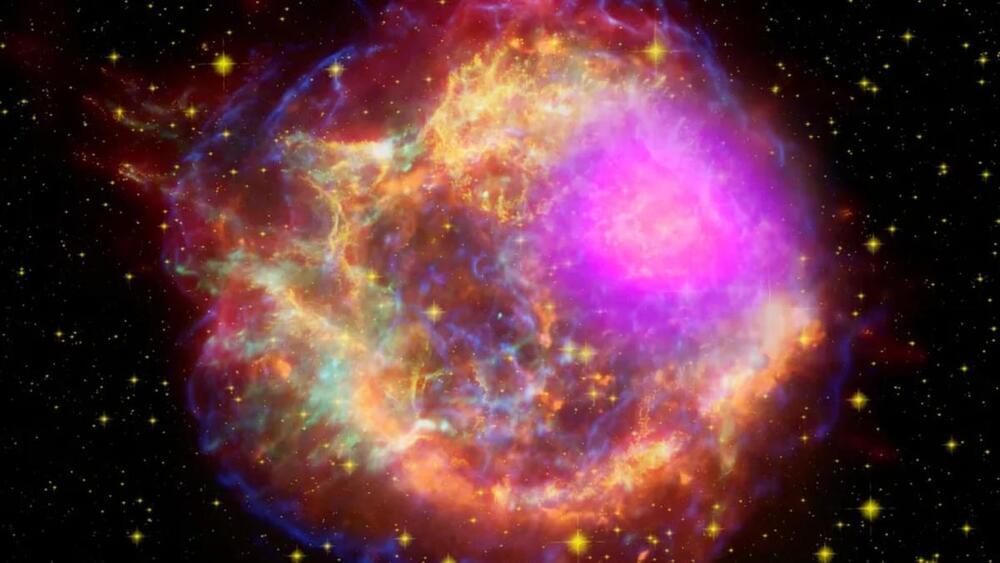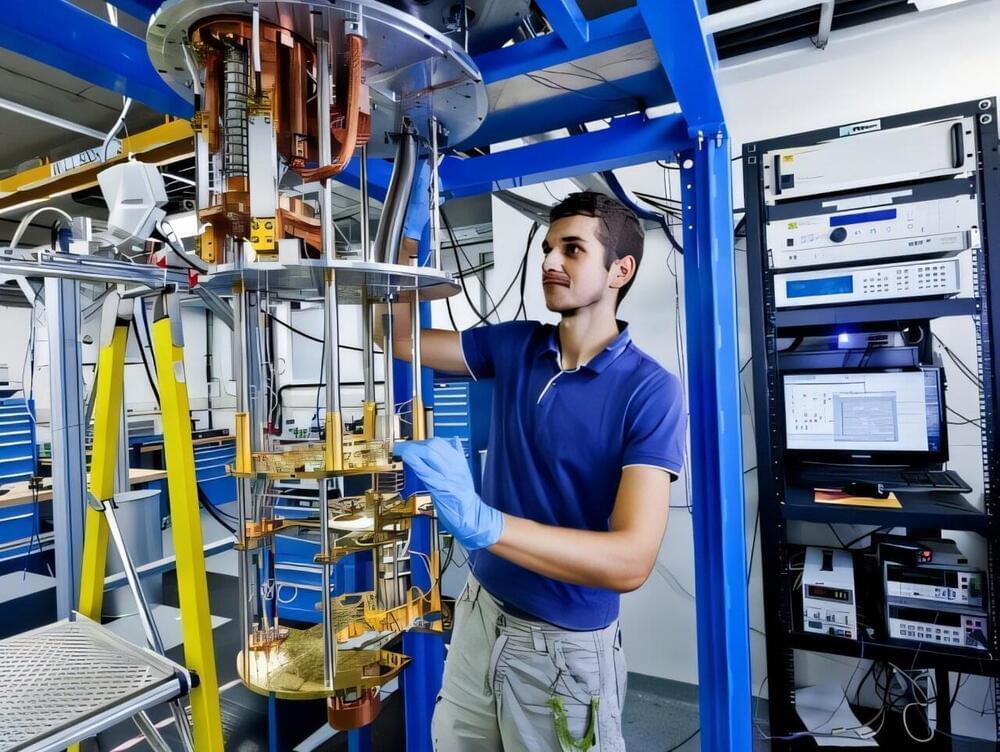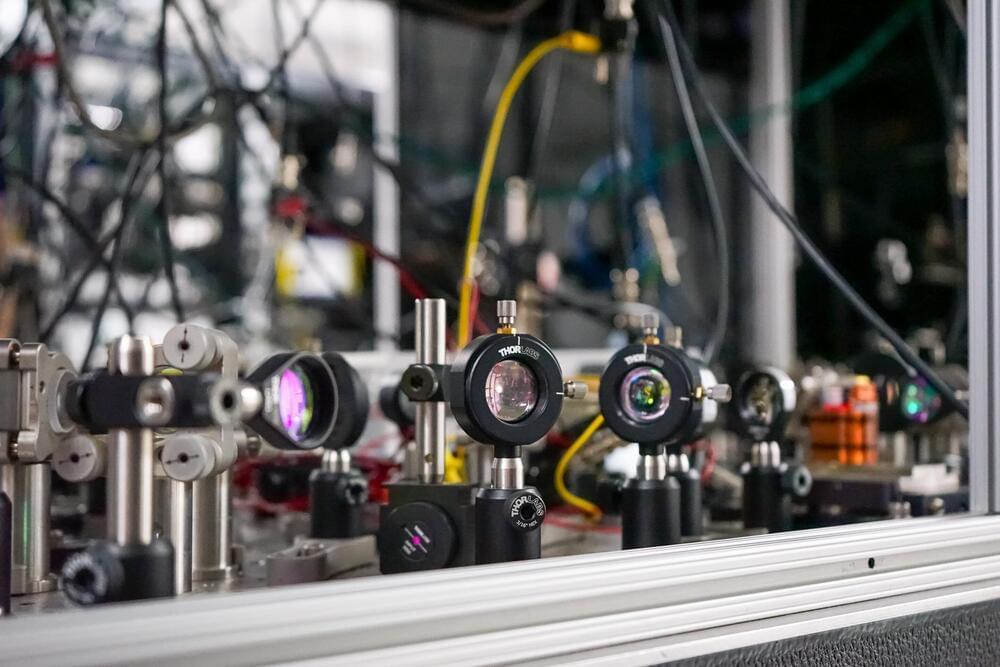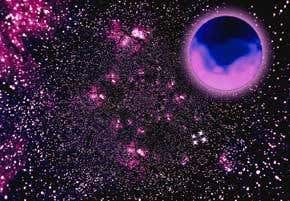Scientists in Australia have gathered evidence that our universe is constantly vibrating. They used the largest gravitational wave detector to confirm the earlier reports that there is an ongoing rumble which is likely caused by black holes at the centre of galaxies colliding with each other.
The detector looked at several rapidly spinning neutron stars across the galaxy and discovered that the gravitational wave background might be louder than previously thought, The Conversation reported.
The study carried out by Matthew Miles, Swinburne University of Technology and Rowina Nathan, Monash University, was published in the Monthly Notices of the Royal Astronomical Society.

